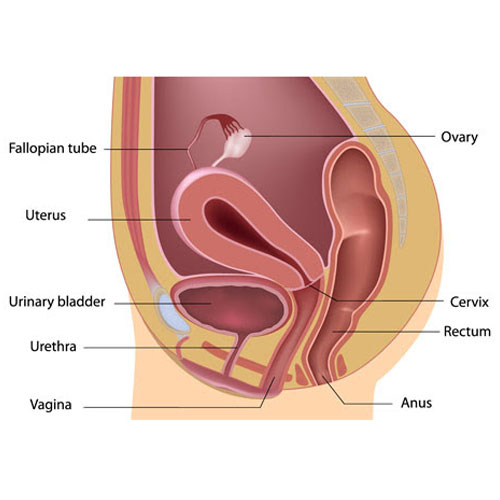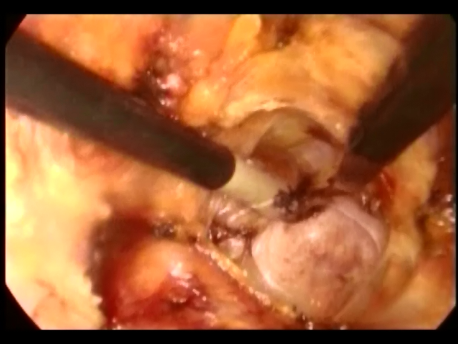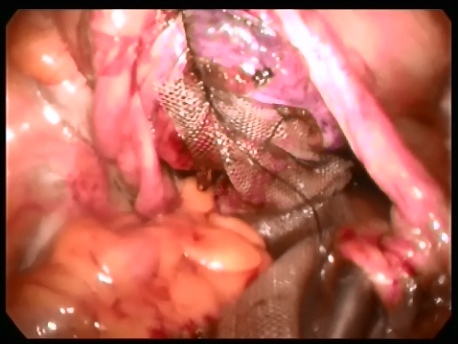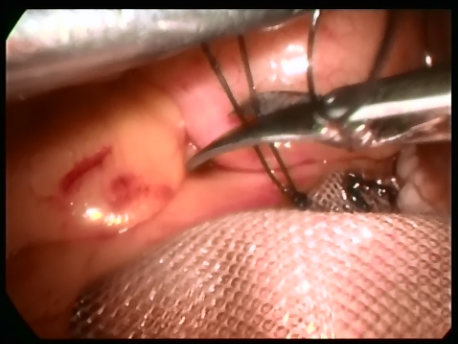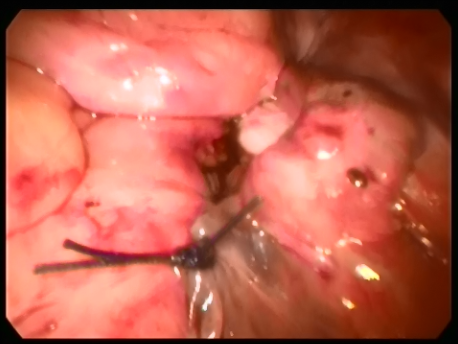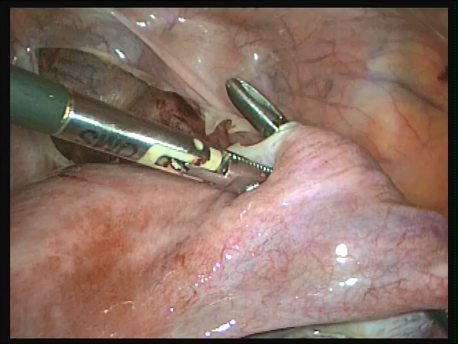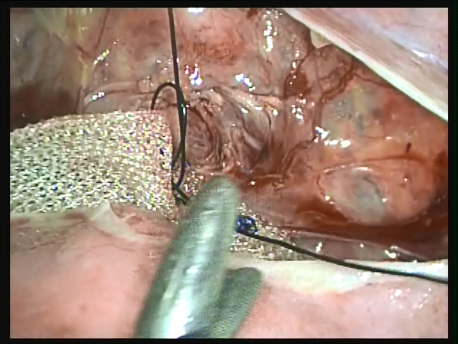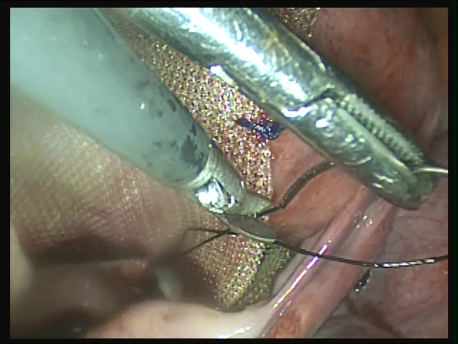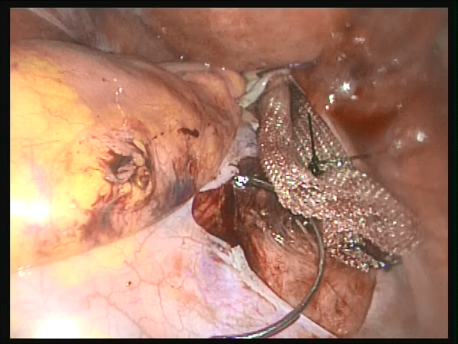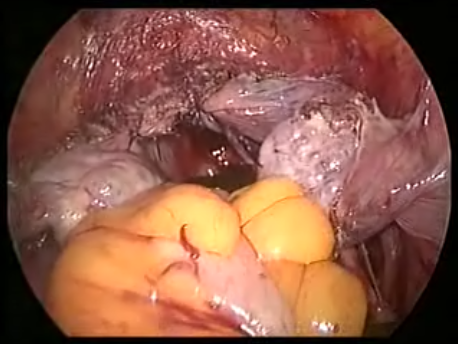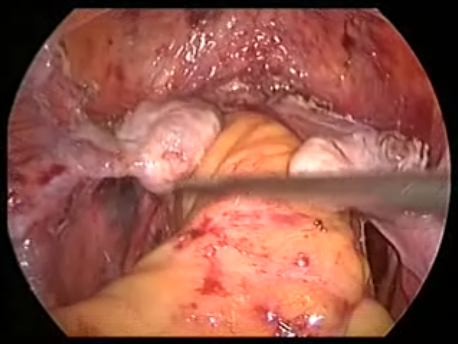Pelvic Organ Prolapse
Pelvic organ prolapse is a condition where the uterus herniates out of the vagina. As it descends, it pulls along part of the vaginal wall and the adjacent structures including the urinary bladder and the rectum. Prolapse occurs because of a defect or weakness in the ligaments that support the uterus.
Although vaginal surgery and repair was preferred in older women, laparoscopic surgery has become the route of choice today. This is because vaginal repair utilizes already damaged tissue to repair the prolapse and, hence, the chance of failure of surgery and recurrence of prolapse over the long term is significantly higher.

